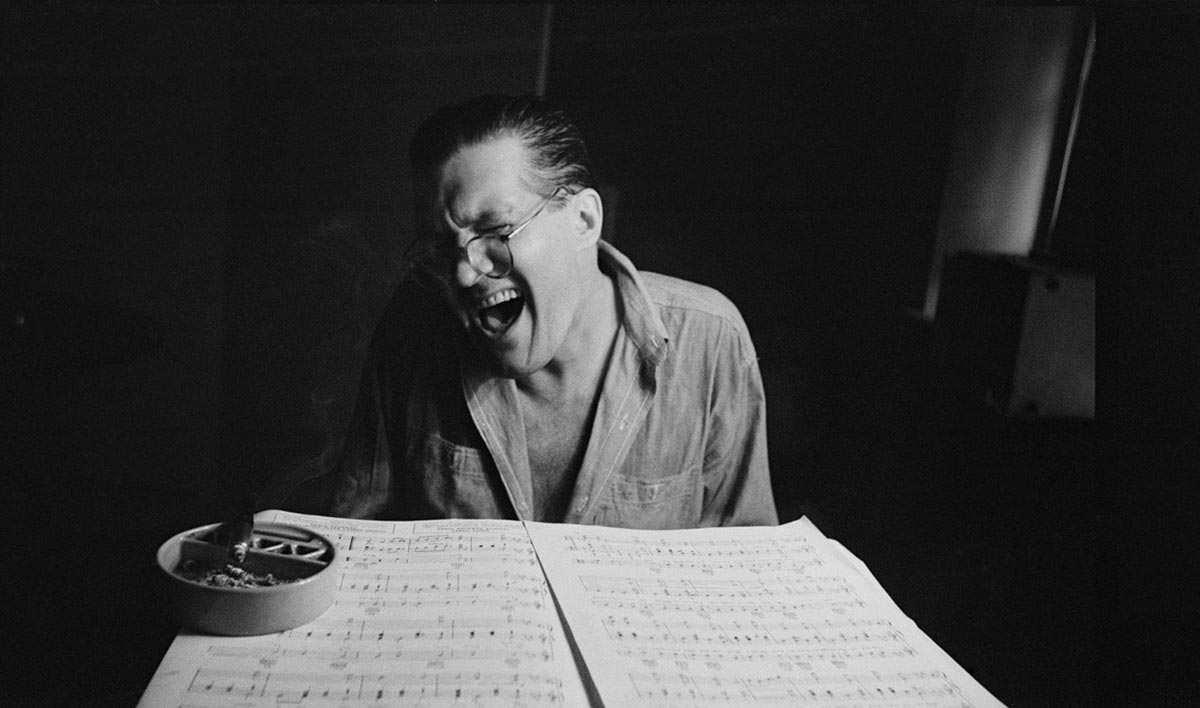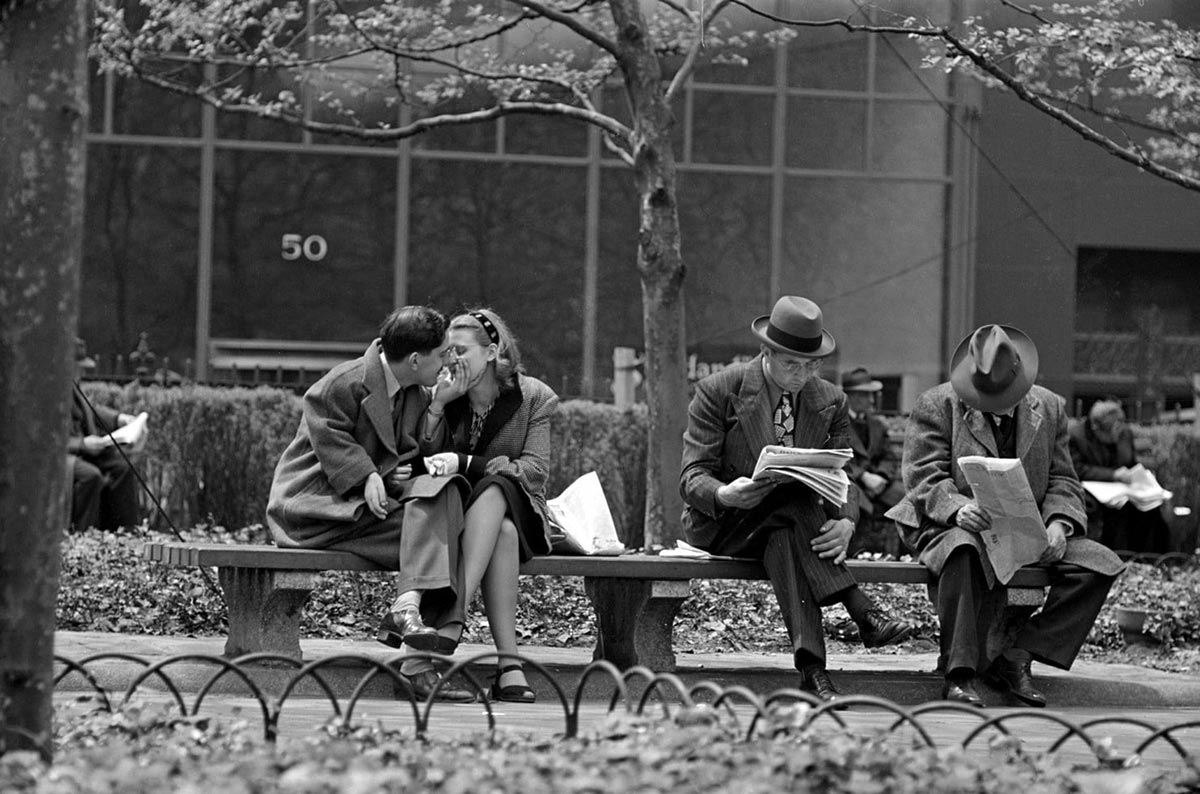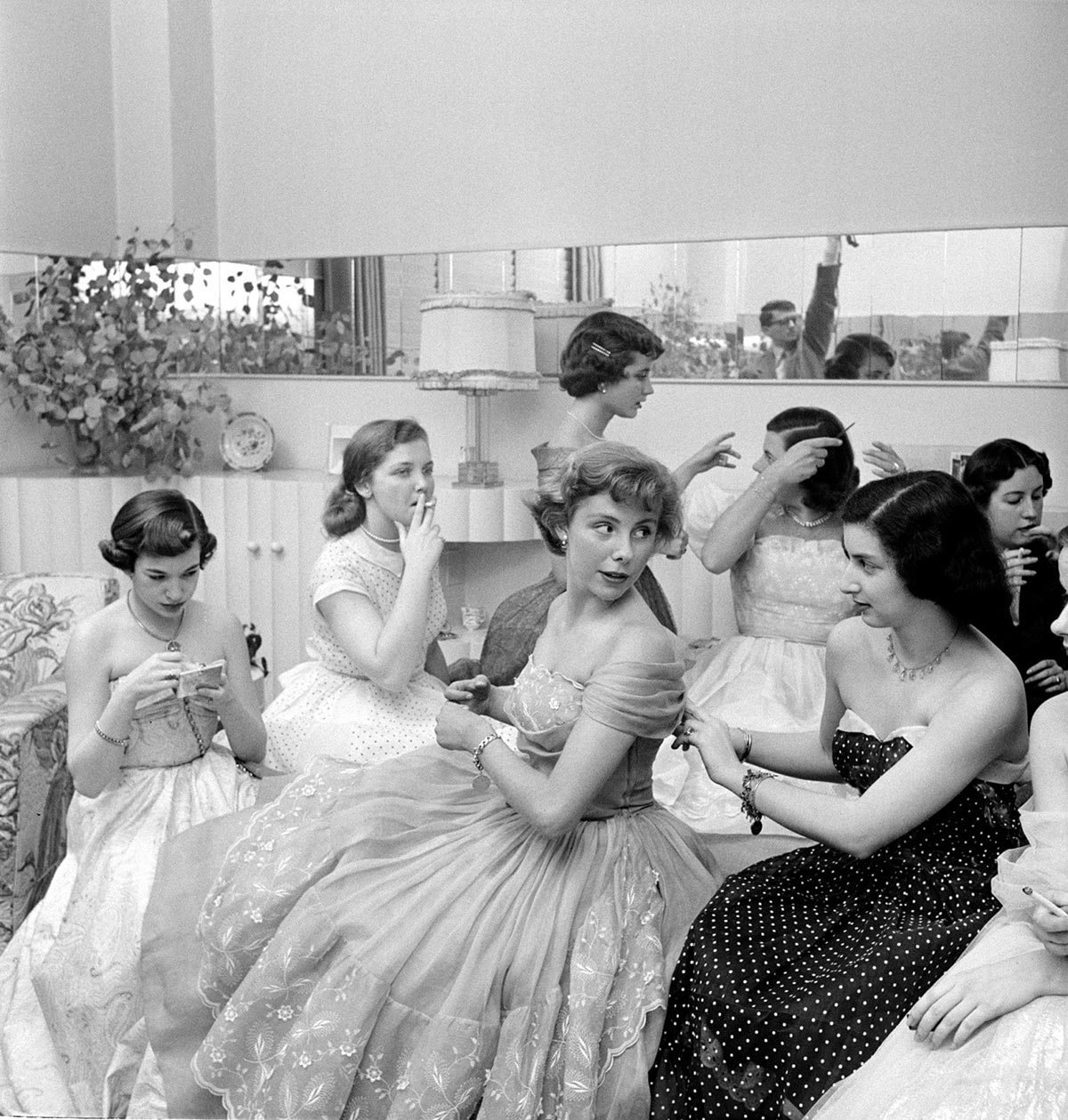Recentemente è stata pubblicata un'intervista telefonica a Kubrick tratta da un documentario giapponese del 1980, diretto da Jun'ichi Yaoi, sulle esperienze paranormali.
Il documentario si concentra su due tra i capolavori del regista, Shining e 2001: Odissea nello spazio, e proprio di quest'ultimo, Kubrick, svelerebbe il vero significato del criptico finale.
I've tried to avoid doing this ever since the picture came out. When you just say the ideas they sound foolish, whereas if they're dramatized one feels it, but I'll try.
The idea was supposed to be that he is taken in by god-like entities, creatures of pure energy and intelligence with no shape or form. They put him in what I suppose you could describe as a human zoo to study him, and his whole life passes from that point on in that room. And he has no sense of time. It just seems to happen as it does in the film.
They choose this room, which is a very inaccurate replica of French architecture (deliberately so, inaccurate) because one was suggesting that they had some idea of something that he might think was pretty, but wasn't quite sure. Just as we’re not quite sure what do in zoos with animals to try to give them what we think is their natural environment.
Anyway, when they get finished with him, as happens in so many myths of all cultures in the world, he is transformed into some kind of super being and sent back to Earth, transformed and made into some sort of superman. We have to only guess what happens when he goes back. It is the pattern of a great deal of mythology, and that is what we were trying to suggest.
LEGGI ALTRO...



